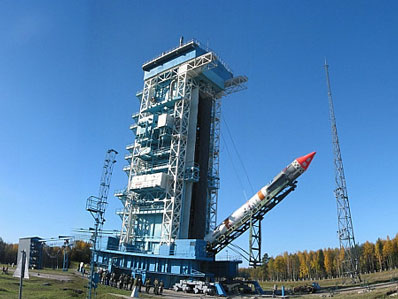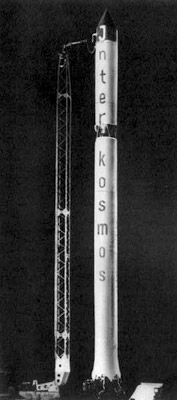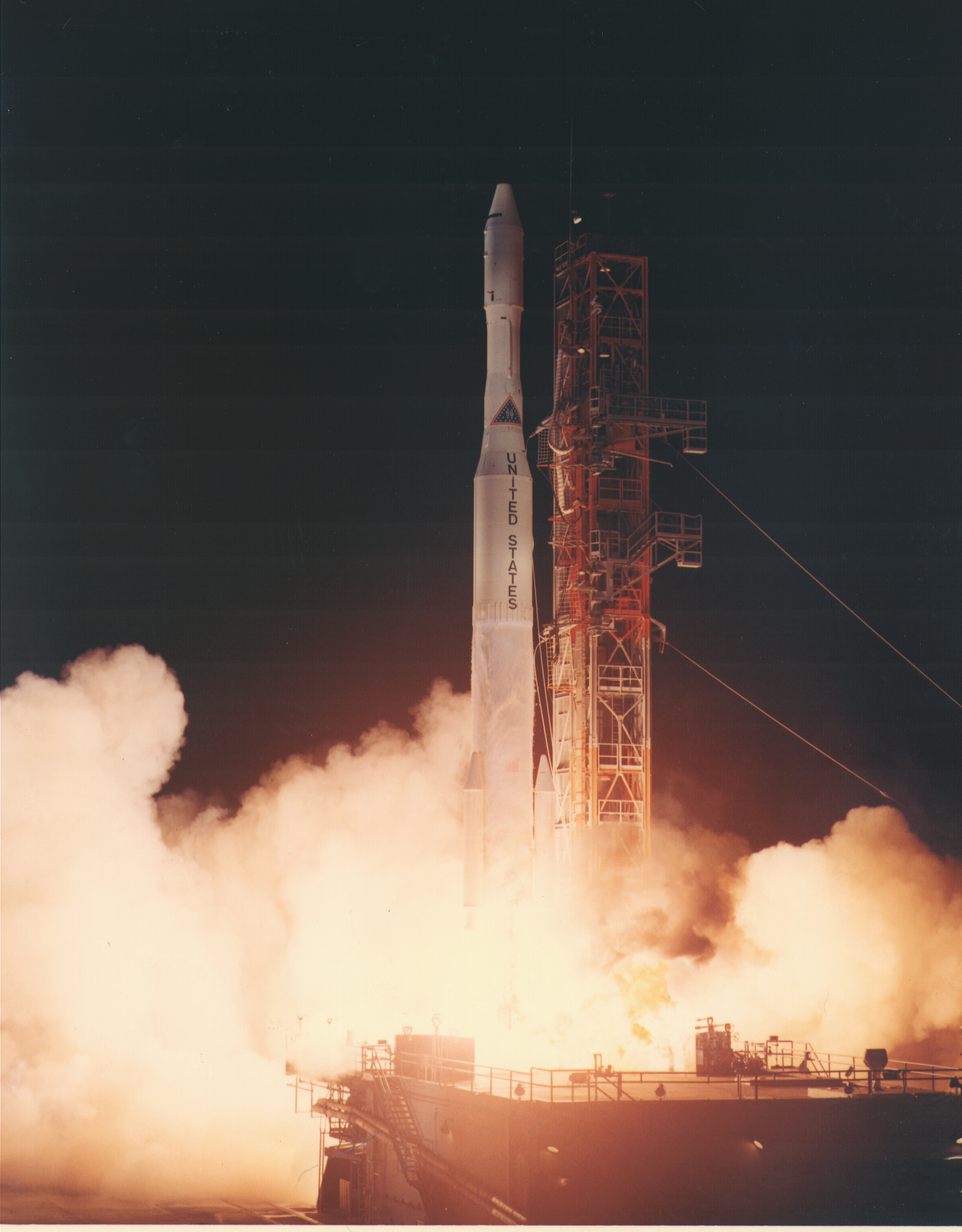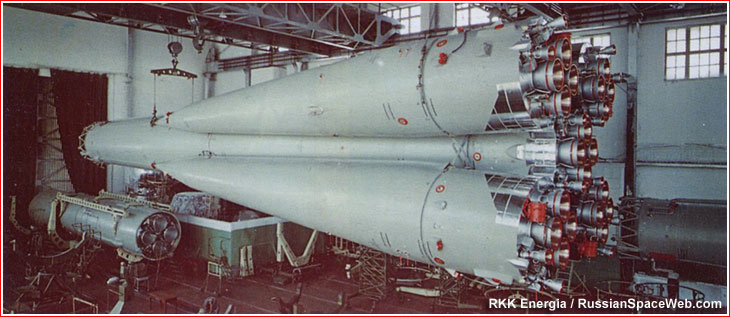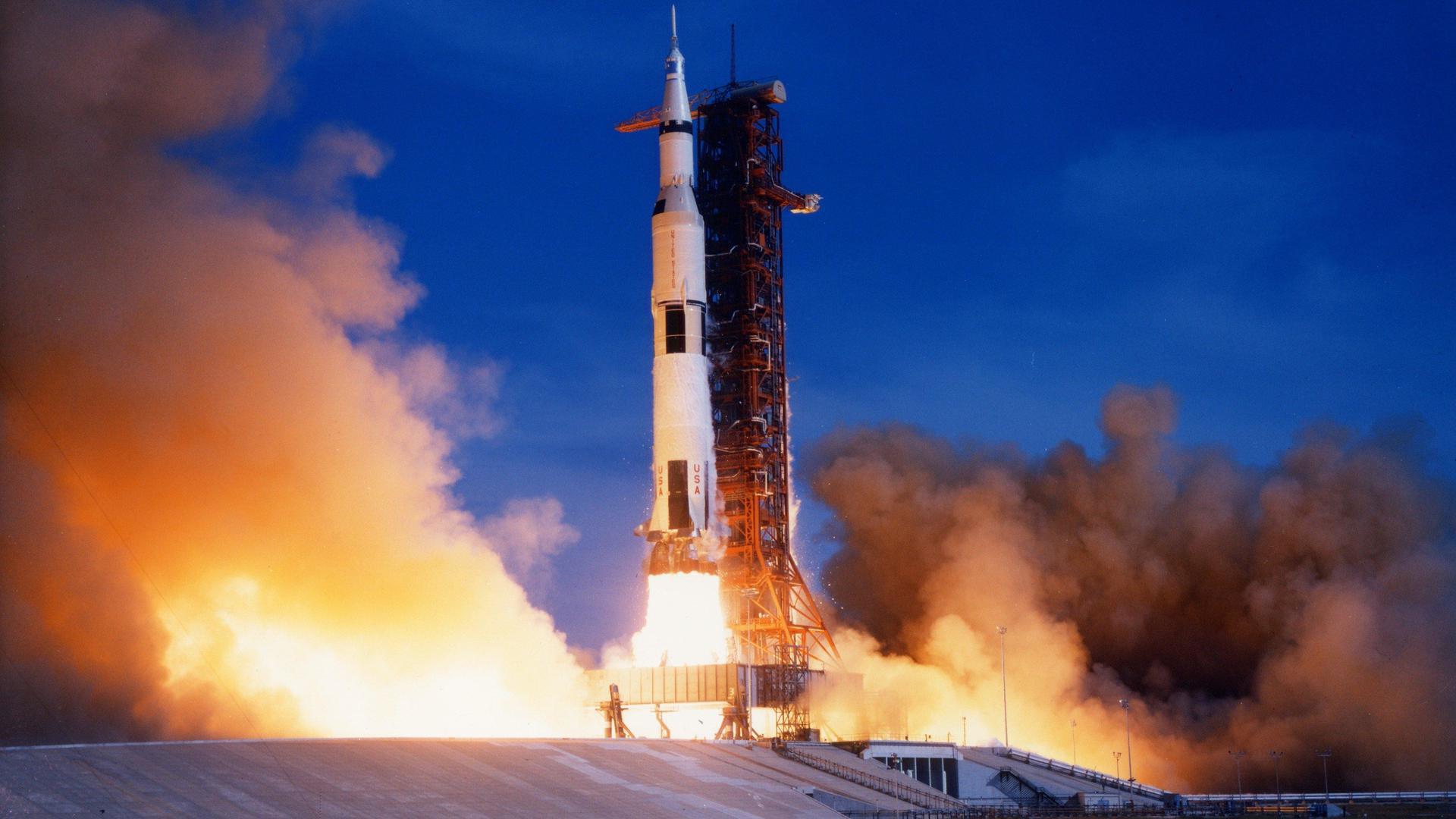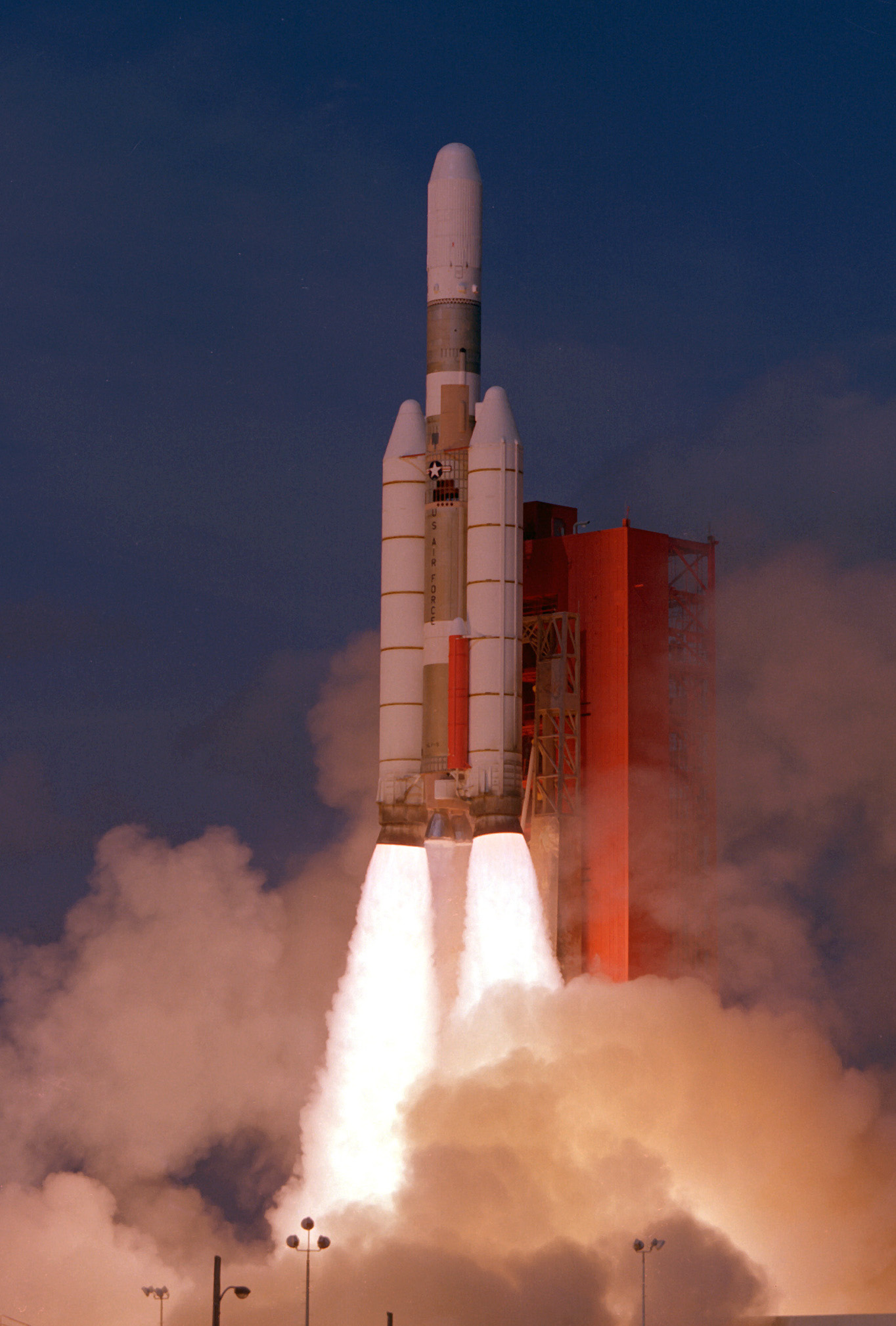Previous Spaceflight Launches
Filter by Agency, Locations or Vehicles
Show All LaunchesKosmos-3M | Strela-1M 1-8
Russian Space Forces | RussiaPlesetsk Cosmodrome, Russian Federation
April 25, 1970, 5:09 p.m.
Kosmos 11K63 | DS-U1-R
Strategic Rocket Forces | RussiaKapustin Yar, Russian Federation
April 24, 1970, 10:24 p.m.
Long March 1 | Dong Fang Hong 1
China Aerospace Science and Technology Corporation | ChinaJiuquan Satellite Launch Center, People's Republic of China
April 24, 1970, 1:35 p.m.
Status: Launch Successful
Mission:
Dong Fang Hong 1 (DFH-1) was the first Chinese satellite. This was the first satellite launched by China on its own booster, making China the fifth nation to put a spacecraft into orbit using its own rocket. The satellite was developed under the direction of Tsien Hsue-Shen, dean of the Chinese Academy of Space Technology (CAST). The experimental satellite was a nearly spherically shaped symmetrical 72-faced polyhedron with a 1-meter diameter. It was battery-powered and carried a radio transmitter. The primary mission was to broadcast the song "Dong Fang Hong", paying tribute to Chairman Mao, and to announce the time. A total of five identical satellites were built to have backups in case of launch failures. The first satellite launched successfully.
Low Earth OrbitKosmos 11K63 | DS-P1-Yu 31
Strategic Rocket Forces | RussiaPlesetsk Cosmodrome, Russian Federation
April 23, 1970, 1:20 p.m.
Thor Delta M | INTELSAT III F-7
McDonnell Douglas | United States of AmericaCape Canaveral SFS, FL, USA
April 23, 1970, 12:46 a.m.
Status: Launch Successful
Mission:
The Intelsat 3 spacecraft were used to relay commercial global telecommunications including live TV. Three of the 8 satellites in the series (F1, F5, F8) were unusable due to launch vehicle failures, and most of the remainder did not achieve their desired lifetimes.
Geostationary OrbitTitan 23B | KH-8 26
Lockheed Martin | United States of AmericaVandenberg SFB, CA, USA
April 15, 1970, 3:52 p.m.
Voskhod | Zenit-4M 4
Soviet Space Program | RussiaPlesetsk Cosmodrome, Russian Federation
April 15, 1970, 9 a.m.
Saturn V | Apollo 13
National Aeronautics and Space Administration | United States of AmericaKennedy Space Center, FL, USA
April 11, 1970, 7:13 p.m.
Status: Launch Successful
Mission:
Apollo 13 was the famous mission that never made it to the moon's surface because of a catastrophic malfunction on board, but the astronauts did return safely to the Earth. The mission was commanded by Jim Lovell, the Command Module Pilot was Jack Swigert, and the Lunar Module Pilot was Fred Haise. The mission launched on April 11th, 1970 and the Capsule safely landed in the ocean on April 17th, 1970.
Lunar OrbitKosmos-3M | Zaliv 5
Russian Space Forces | RussiaPlesetsk Cosmodrome, Russian Federation
April 11, 1970, 5 p.m.
Titan IIIC | Vela 6A & 6B
Lockheed Martin | United States of AmericaCape Canaveral SFS, FL, USA
April 8, 1970, 10:50 a.m.
